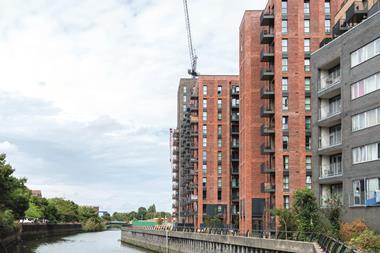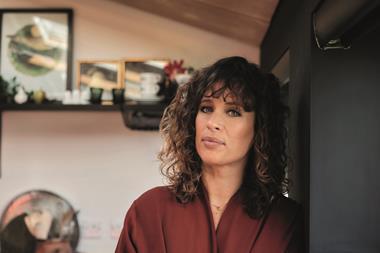The coronavirus pandemic is not the first time a death knell has been preemptively sounded for the office sector. Yet, while technology and connectivity have advanced exponentially in the last 20 to 30 years, the fundamental principle of working together in one place has always prevailed.

This is not to say that nothing will change post-pandemic; this is a period of flux as we all learn more about the pros and cons of remote working. But office-space providers have always evolved and, as ever, the successful ones will be those who listen to their end-users about what the workspace of the future should look like.
People change
Several months in, there has been a marked change in the attitudes of different demographics and groups.
Pre-lockdown, it was typically younger people – with the technological savvy to work from anywhere – who led calls for more flexible working. Research that Winckworth Sherwood conducted alongside YouGov prior to the first lockdown this year showed that 74% of under-35s considered flexibility important to remaining in their current role. Meanwhile, more established professionals were less enthusiastic. A traditional school of thought was that it might impair supervision and training, increase isolation and curtail communication.
Yet, what we have seen since homeworking became a mandatory part of professional life is that those who are longer in their career and further up the property ladder – and often therefore have more space at home – have found it more to their taste. In June, two-thirds of employees over 35 told us they would be happy to work from home indefinitely. But that figure was lower for younger workers (55%), who often live in house-shares or have young families and are more likely to miss the social side of work.

Businesses have had a similar realisation. Many that embraced full-time remote working as an indefinite policy early in the pandemic have since changed tack, recognising that the best outcome long term will be a more balanced split of home and office working.
Learning new tricks
Workplace providers need to understand the trends that are happening among their target occupiers and make sure they are in sync with their tenants’ operational plans.
People at home will spend time dialling in to those in the workplace, and so Teams and Zoom calls are not going anywhere. A top-of-the-range tech score will become one key to attracting tenants, but there is more to a good video call than just a strong wifi connection. People will need quiet areas to avoid excessive noise or colleagues wandering inadvertently into shot, and for when they need to concentrate on involved tasks.
And people are inherently social animals, so designs need to be more than purely ergonomic. Designated team areas, as opposed to pure hot-desking, will help to preserve the identities of different working groups, while people will also want more and better informal areas for socialising.
It may not be the end of the office, but the lines between home and work will remain blurred. The pandemic has expedited an existing trend towards us working in both our homes and our offices. Workplace investors and providers need to get close to the trends and shape their offers accordingly.
Andrew Kinsey is a partner in the real estate investment team at Winckworth Sherwood






























No comments yet